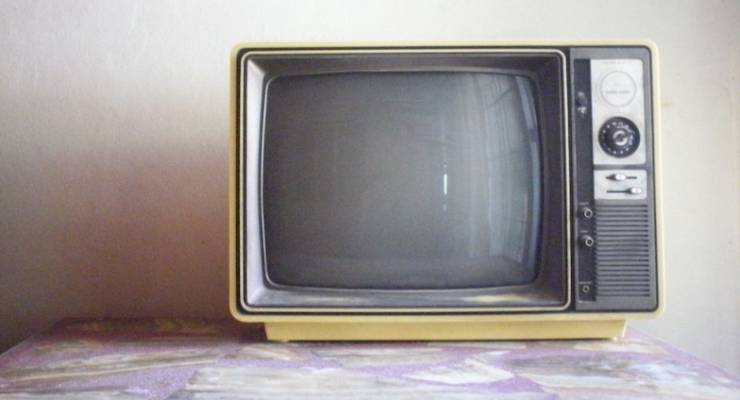
Once relegated to graveyard slots and the daytime deadzone, paid-for television content is now moving into more prominent timeslots. Last week, a show entirely produced by holiday deal website Luxury Escapes debuted at its new primetime-ish timeslot of 6pm on Ten.
Media analyst Steve Allen says it’s unlikely brands will be paying for true primetime content any time soon — the cost-benefit is unlikely to weigh up — but we will see more paid-for full-length programs on the telly, at times more people are likely to be watching.
“It’s been happening across all media types for nearly a decade, but it’s growing at quite a rate,” he said. “And where they might’ve done this more on subsidiary channels, it’s now starting to come into the mainstream.”

Allen said that where networks were once only interested in getting eyeballs to screens, the changing media landscape means they’re very interested in making revenue however they can. But networks will still only take content in primetime that people will watch, and marketing content will probably never be good enough, Allen said.
“To make entertainment programming that people will watch requires the best possible writing, casting, directing,” he said. “These shows probably will never put those kinds of skills and discipline into what they’re doing, so there’s a limit. Will we see more? Yes. Will they be better? No.”
Allen said travel programming was a genre that worked well for branded content on TV — it’s aspirational, it’s visual, and it’s a booming industry. Other genres that would work could be business programming, real estate, or motoring content. And, with a split market between people who still watch broadcast TV and those who consume media online, the content works well on social media and websites.
Luxury Escapes general manager Blake Hutchison told Crikey the third season of the program was still working in generating customers and traffic to their website.
“What we expect is that customers will watch the show, head to the website, be inspired and ultimately buy one of the deals,” he said. “We’re not in the TV game to make a profit. We’re in the TV game to offset and drive additional revenue. The show for us enables us to help customers imagine themselves in a destination.”
Each show coincides with deals on the site, featuring the same hotels and destinations that are currently on sale, and illustrated with clips from the show.
The program uses sponsors — Amex and Nikon are featured in the program, while various tourism boards provide support on the ground — but Hutchison said all the content is decided by the editorial team.
Hutchison said he expected more e-commerce brands would be paying for more well-produced entertainment programming, and said travel content and travel retail were intersecting more than they had in the past.
“It’s no longer a publisher’s domain to produce content and no longer a retailer’s domain to retail,” he said. “Travel shows used to be very much oriented around an advertiser. We ran our first two series without a single sponsor, and as a result it creates more honest content because there’s only one entity of concern — without having really high quality editorial or video programming, customers wouldn’t convert.”
Have you noticed more sponsored TV programs in regular spots? What do you think of them? Write to boss@crikey.com.au and let us know.








Crikey is committed to hosting lively discussions. Help us keep the conversation useful, interesting and welcoming. We aim to publish comments quickly in the interest of promoting robust conversation, but we’re a small team and we deploy filters to protect against legal risk. Occasionally your comment may be held up while we review, but we’re working as fast as we can to keep the conversation rolling.
The Crikey comment section is members-only content. Please subscribe to leave a comment.
The Crikey comment section is members-only content. Please login to leave a comment.